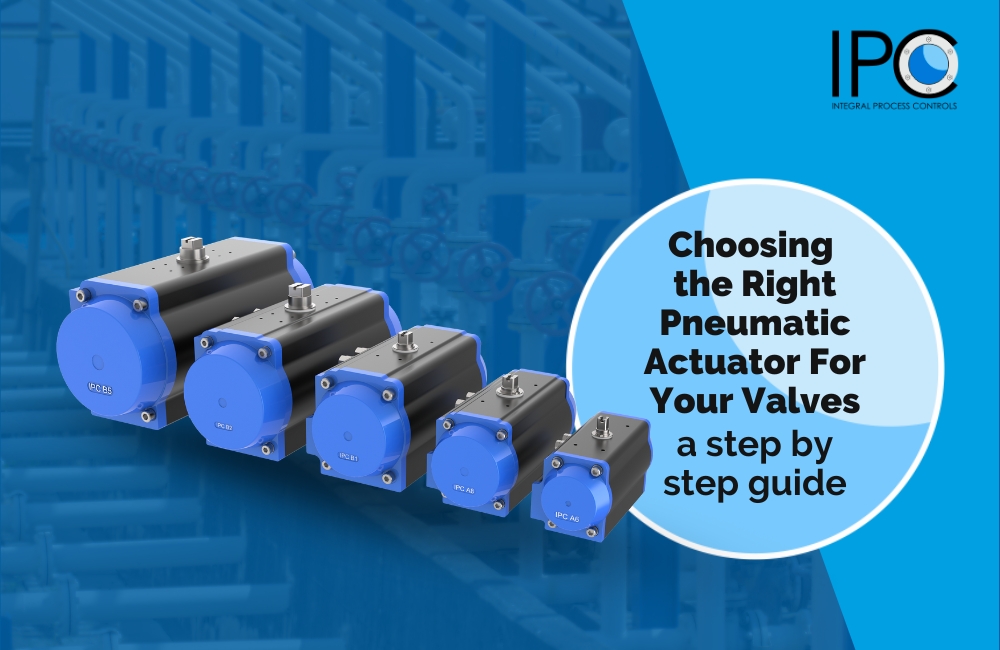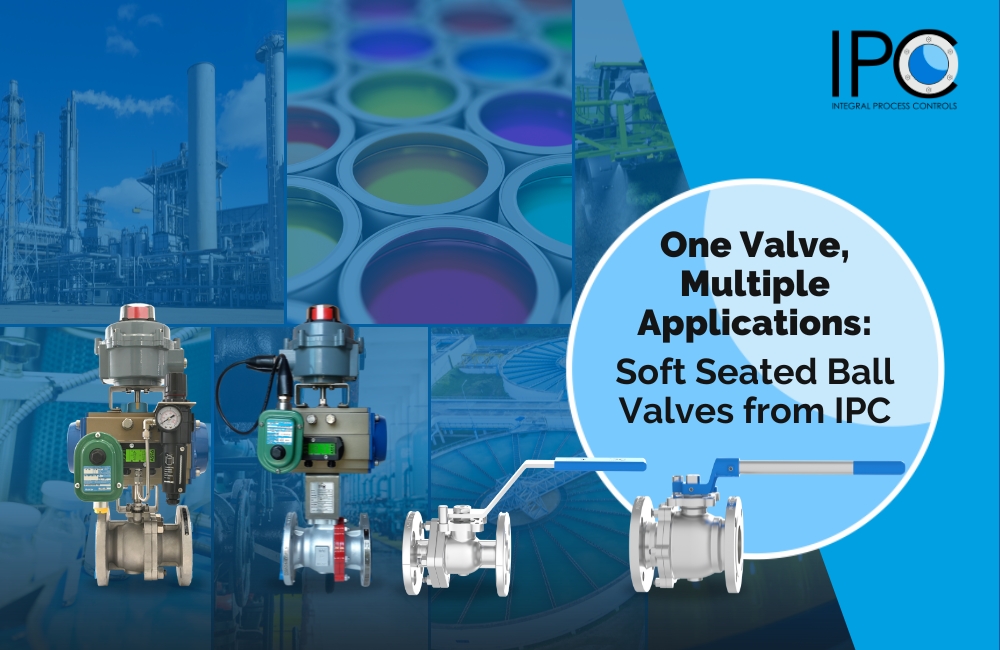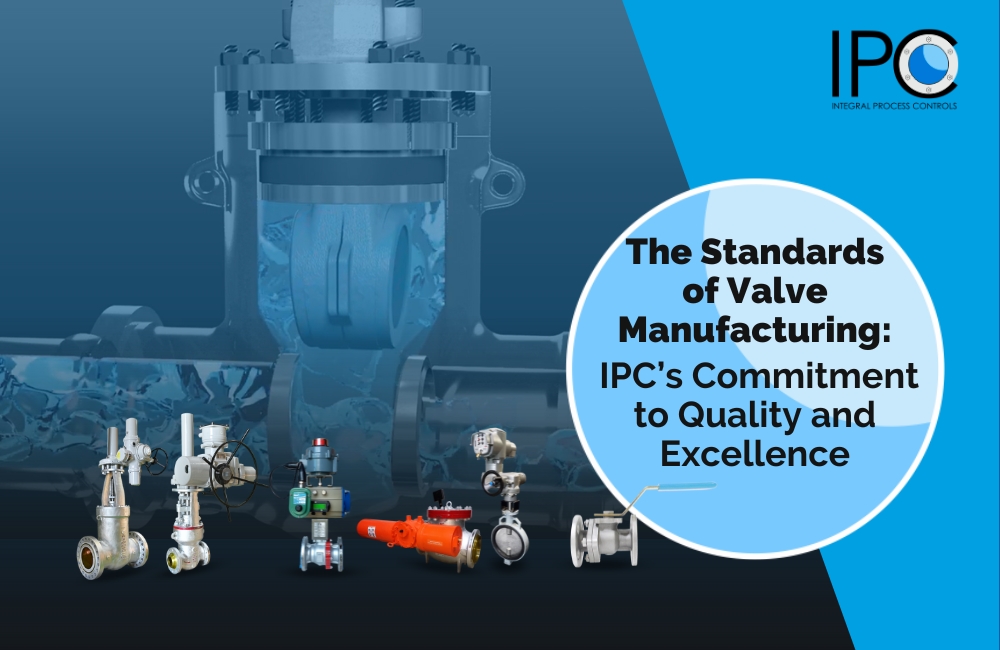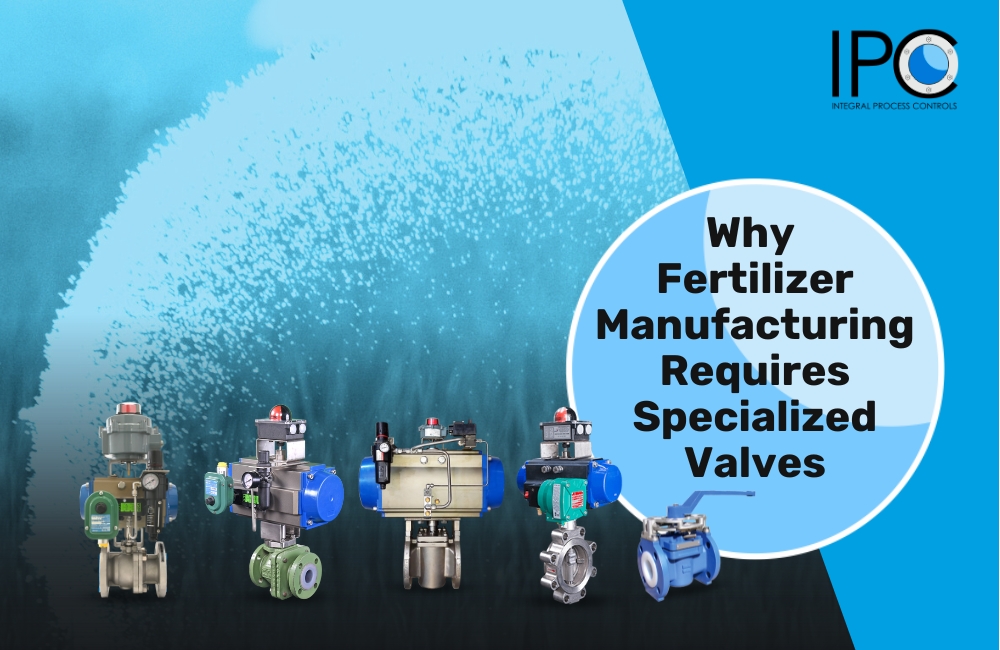Valve Basic
What is a Valve?
What are different functions Valves perform?
Some of the primary functions that valves perform are –
- Stopping and starting the flow of the media
- Regulating the flow by reducing or increasing the flow of the media
- Control the direction of the flow
- Mixing and diverting different fluids
- Achieving proper mixing of media with different temperatures and characteristics
- Act as emergency vents
How are the Valves categorized?
Typically Valves categorised based below parameters –
- Type of Actuation
- Type of construction
- Classification on the basis of type of automation
- Pressure rating
- Method of obturation
- Material of constructions of body and trim
What is general arrangement of Valves?
Valves come in different types, models, Designs however here is an introduction to some of important components of the valve.
Body – The valve body is the primary boundary of a valve. It serves as the main element of a valve assembly because it is the framework that holds all the parts together.
Trim – Valve’s trim is a collective for those parts which are normally exposed to media it carries. Typically trim includes a disc, seat, stem, and sleeves needed to guide the stem.
Stem – The valve stem provides the necessary movement to the disc, plug or the ball for opening or closing the valve, and is responsible for the proper positioning of the obturator.
Seat – The seat provides the seating surface for the obturator, Disc, plug, ball or wedge. A valve may have one or more seats. In the case of a globe or a swing-check valve, there is usually one seat, which forms a seal with the disc to stop the flow.
Disc – It is the part which allows, throttles, or stops flow, depending on its position. In the case of a plug or a ball valve, the disc is called plug or a ball and it not used for throttling but it’s used for start or stop the flow.
Bonnet – The cover for the top opening in the body is the bonnet, and it is the second most important boundary of a pressure valve .
What are GGC Valves?
GGC is abbreviation typically used in process industry standing for Gate, Globe and check valves. Collectively these three valves are called as GGC Valves.
Gate Valve – Gate Valve is used isolate the flow of media i.e. to start or stop the flow, one of the most simple in construction, gate valves are relatively inexpensive and extremely easy to operate.
Globe Valve – These valves are ideally used for regulating the flow of media. Globe valves have low cost of repair and used in cases where flow, Pressure or temperature has to be maintained at particular level.
Check Valve-These valves are used to check flow reversals and allow the flow in only one direction. However, Check Valve needs careful installation and placement.
What are high pressure Valves?
What is a control Valve?
Control valves are valves, which regulates and controls the flow of the media.
What is the difference between on-off valve and control valve?
On-off valves are used to start or stop the flow of media in a system. The media flow cannot be controlled in these types of valves.
In control valves, the flow of media is controlled and regulated by full or partial opening or closing of the valve .
Can I use Gate valve as a control valve?
No. The wedge/gate is designed to completely stop the flow and form a tight seal against pressure in either direction. So Gate valves cannot be used for regulation or throttling of flow.
Can I use Globe valve as a control valve?
Yes. Globe valves are used as on/off as well as control valve. Globe valves are designed to shut off, open up throttle the flow in a pipeline. A gradual change in the spacing between the disk and the seat ring is used to throttle the flow.
Can I use Swing Check valve as control valve?
Swing check valve is a non-return type of valve. It is self-operated and external control is not required to operate it. Hence these valves cannot be used as control valve.
What is meant by upstream/downstream side of the valve?
Incoming flow side is called as upstream side and outgoing flow side is called as downstream side of the valve.
What is the difference between unidirectional and bidirectional valve?
In a unidirectional valve, the medium can flow only in one direction. In a bidirectional valve, any side can be used as upstream and downstream
Gate / Globe / Check valves are bidirectional or unidirectional?
In a unidirectional valve the medium can flow in only one direction. In a bidirectional valve, the medium can flow in both the directions.
In case of Gate / Globe / Check valves, Gate valve is bidirectional and Globe and Check valves are unidirectional.
What is the difference between normally closed and normally open Valve?
This totally depends on the fail safe position of the valve, if valve is fail close valve then it is normally closed valve and if valve is fail open valve then it is normally open valve.
What is a pressure relief Valve?
A pressure Relief Valve is a safety device designed to protect a pressurized vessel or system during an overpressure event. An overpressure event refers to any condition which would cause pressure in a vessel or system to increase beyond the specified design pressure or maximum allowable working pressure.
At a glance
Pneumatic actuators are
Why Fertilizer Manufacturing Requires Specialized Valves
In the fertilizer







